Yarrow: The Ultimate Companion Plant
Yarrow: The Ultimate Companion Plant
Yarrow (Achillea millefolium) is a hardy perennial herb that has been used for centuries for its medicinal and culinary properties. It is also a valuable companion plant in the garden, as it can help to attract beneficial insects, repel pests, and improve soil health.
In this blog post, we will discuss the benefits of using yarrow as a companion plant, and we will provide a list of the best plants to pair with yarrow. We will also discuss some of the potential drawbacks of using yarrow, and we will offer some tips for planting and caring for this versatile herb.
Benefits of Using Yarrow as a Companion Plant
Yarrow has a number of benefits as a companion plant. It can:
- Attract beneficial insects: Yarrow's strong scent attracts a variety of beneficial insects, including ladybugs, lacewings, hoverflies, and parasitic wasps. These insects help to control pests in the garden, such as aphids, beetles, and caterpillars.
- Repel pests: Yarrow's scent also repels some pests, such as deer, rabbits, and cabbage moths.
- Improve soil health: Yarrow is a nitrogen-fixing plant, which means that it can help to improve the nitrogen content of the soil. This can benefit other plants in the garden, as nitrogen is an essential nutrient for plant growth.
- Deter weeds: Yarrow's strong roots can help to deter weeds from growing in the garden.
Best Plants to Pair with Yarrow
Yarrow is a versatile plant that can be paired with a variety of other plants. Some of the best plants to pair with yarrow include:
- Aromatic herbs: Yarrow is a good companion for other aromatic herbs, such as lavender, oregano, thyme, basil, and rosemary. These herbs all have strong scents that can help to deter pests.
- Vegetables: Yarrow can be paired with a variety of vegetables, including tomatoes, peppers, cucumbers, squash, and melons. Yarrow can help to attract beneficial insects that can help to control pests on these vegetables.
- Fruit trees: Yarrow can also be paired with fruit trees, such as apple trees, pear trees, and cherry trees. Yarrow can help to improve the soil health around these trees and attract beneficial insects that can help to control pests.
Potential Drawbacks of Using Yarrow
While yarrow has many benefits as a companion plant, there are a few potential drawbacks to be aware of. These include:
- Yarrow can be invasive: Yarrow is a vigorous grower, and it can become invasive in some gardens. If you are concerned about this, you can plant yarrow in a container or in a designated area of your garden.
- Yarrow can attract deer: Yarrow's strong scent can attract deer, so if you have a problem with deer in your garden, you may want to avoid planting yarrow.
Tips for Planting and Caring for Yarrow
Yarrow is a relatively easy plant to grow. It prefers full sun and well-drained soil. Yarrow is drought-tolerant, but it will benefit from regular watering during the summer months.
Yarrow can be propagated by seed or by division. If you are propagating by seed, sow the seeds in the spring or fall. If you are propagating by division, divide the plant in the spring or fall.
Yarrow is a long-lived perennial, and it can be enjoyed for many years. With proper care, yarrow will thrive in your garden and provide you with many benefits.
Yarrow is a beautiful and versatile perennial that can add color and interest to any garden. It is also a great companion plant for other flowers, vegetables, and herbs. Yarrow attracts beneficial insects such as ladybugs, hoverflies, and parasitic wasps, which help to control pests. It also repels harmful insects such as aphids, spider mites, and whiteflies.
If you are looking for the best companion plants for yarrow, you should visit Gardenia Inspiration. This website has a comprehensive list of yarrow companion plants, as well as information about the benefits of companion planting. You can also find tips on how to plant and care for yarrow, as well as recipes for using yarrow in herbal teas and cosmetics.
FAQ of yarrow companion flowers
Q: What are the best companion flowers for yarrow?
A: Yarrow is a versatile plant that can be paired with a variety of other flowers. Some of the best companion flowers for yarrow include:
- Daylilies: Daylilies and yarrow both have long bloom times, so they can provide color in the garden for months. Daylilies also help to deter pests, such as aphids and Japanese beetles.
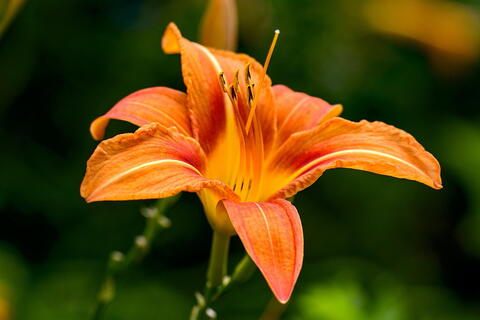
- Anemones: Anemones and yarrow have similar flower colors, so they can be used to create a monochromatic look in the garden. Anemones also attract butterflies and other pollinators.
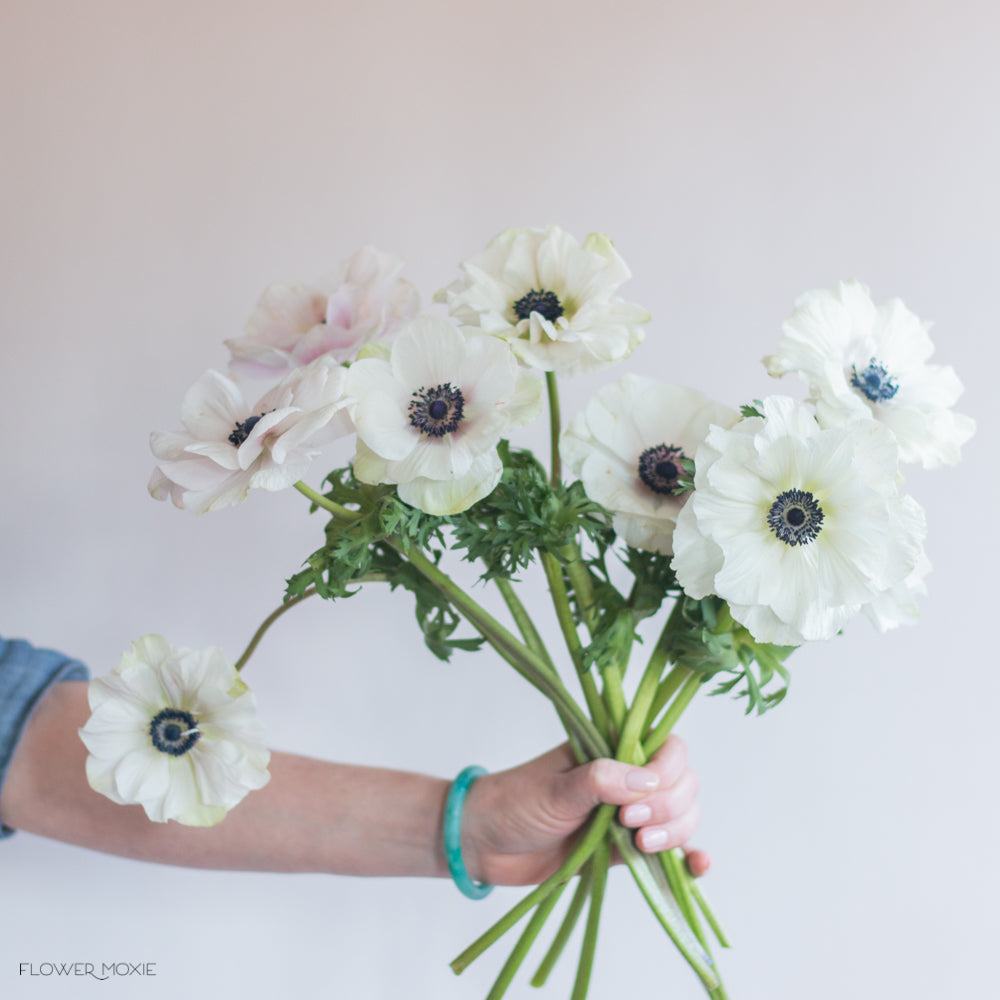
- Phlox: Phlox and yarrow both have tall, airy blooms that can be used to create a vertical element in the garden. Phlox also attracts hummingbirds and other pollinators.
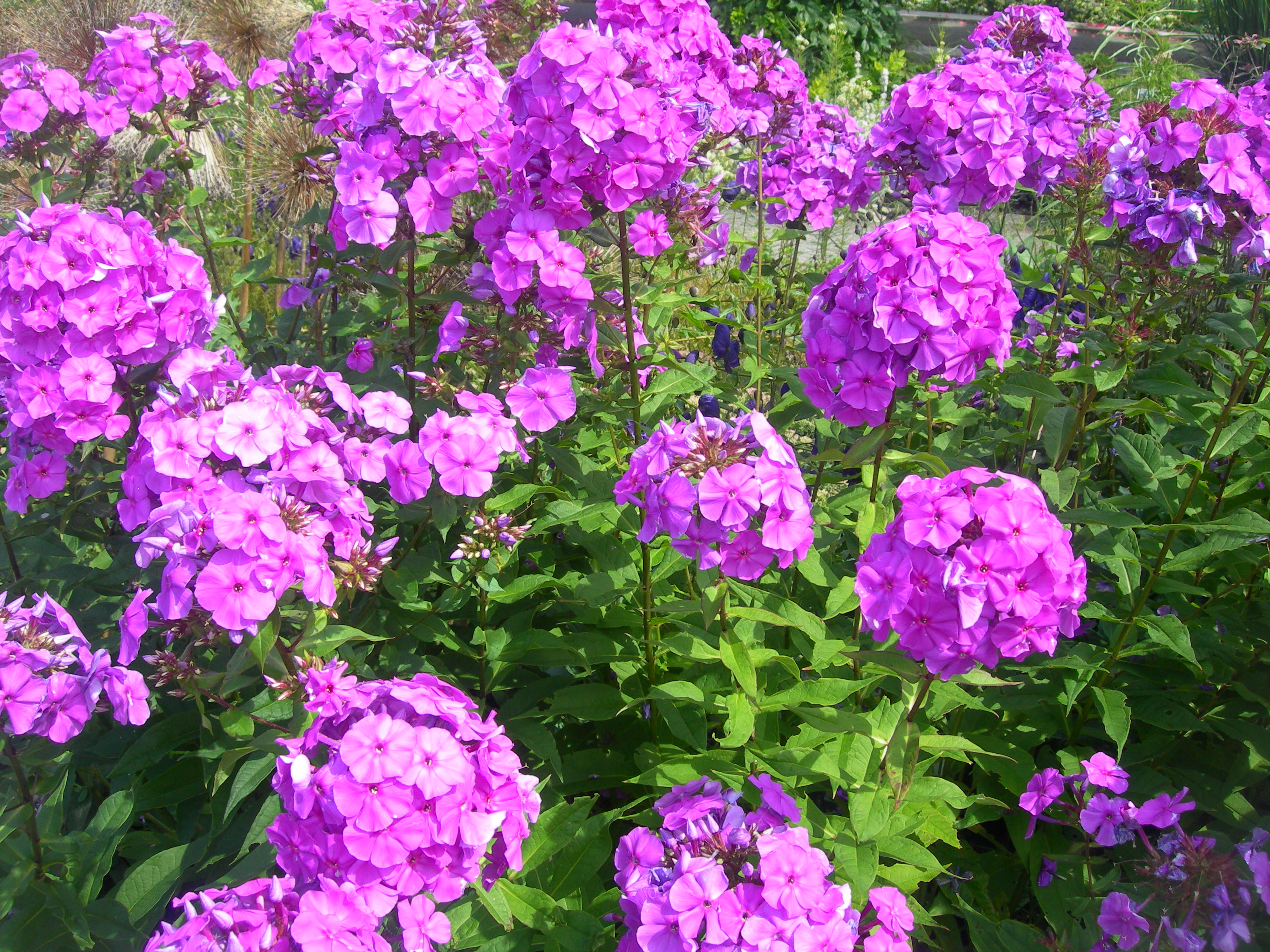
- Woolly yarrow: Woolly yarrow is a low-growing variety of yarrow that is perfect for edging beds or borders. It also attracts butterflies and other pollinators.

- Coneflowers: Coneflowers and yarrow both have daisy-like blooms that can be used to create a cottage garden look. Coneflowers also attract butterflies and other pollinators.
Q: What are the benefits of planting yarrow with other flowers?
A: There are several benefits to planting yarrow with other flowers. First, yarrow can help to deter pests. Its strong smell is unpleasant to many insects, including aphids, Japanese beetles, and mosquitoes. Second, yarrow can help to attract pollinators. Its nectar-rich flowers attract bees, butterflies, and hummingbirds, which can help to pollinate other plants in the garden. Third, yarrow can help to improve the soil. Its long roots help to break up compacted soil and improve drainage.
Q: What are some tips for planting yarrow with other flowers?
A: When planting yarrow with other flowers, there are a few things to keep in mind. First, choose flowers that have similar water and sunlight requirements. Yarrow is a relatively drought-tolerant plant, so you'll want to choose flowers that can tolerate similar conditions. Second, consider the flower colors. You can choose flowers that have complementary colors, or you can choose flowers that have the same color. Third, consider the height of the flowers. You'll want to choose flowers that have similar heights so that they don't overshadow each other.
Q: What is the flowering period of yarrow?
A: Yarrow typically blooms from June to November. However, some varieties may bloom earlier or later.
Q: Where can I buy yarrow?
A: Yarrow is a popular flower, so it is available at most garden centers. You can also find yarrow seeds online or at some nurseries.
Image of yarrow companion flowers
5 different images of "yarrow companion flowers" from Pinterest:
- Yarrow and lavender: Yarrow and lavender are both fragrant flowers that attract pollinators. They also have different bloom times, so they can provide color in the garden for a longer period.

- Yarrow and tomatoes: Yarrow helps to deter pests from tomatoes, such as aphids and whiteflies. It also attracts beneficial insects, such as ladybugs and lacewings, which help to control pests.
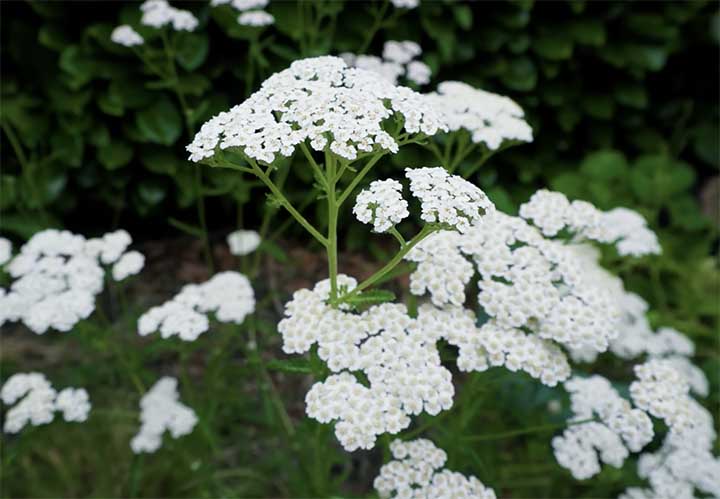
- Yarrow and roses: Yarrow can help to prevent powdery mildew and other diseases in roses. It also attracts pollinators, which help to increase the yield of roses.
- Yarrow and carrots: Yarrow helps to improve the flavor of carrots. It also deters carrot flies, which are a common pest of carrots.
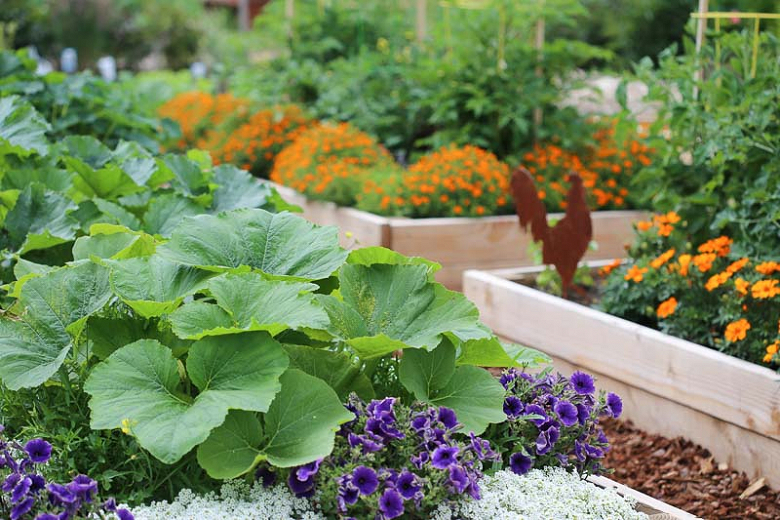
- Yarrow and chamomile: Yarrow and chamomile are both calming herbs that can be used to make tea. They also attract pollinators, such as bees and butterflies.
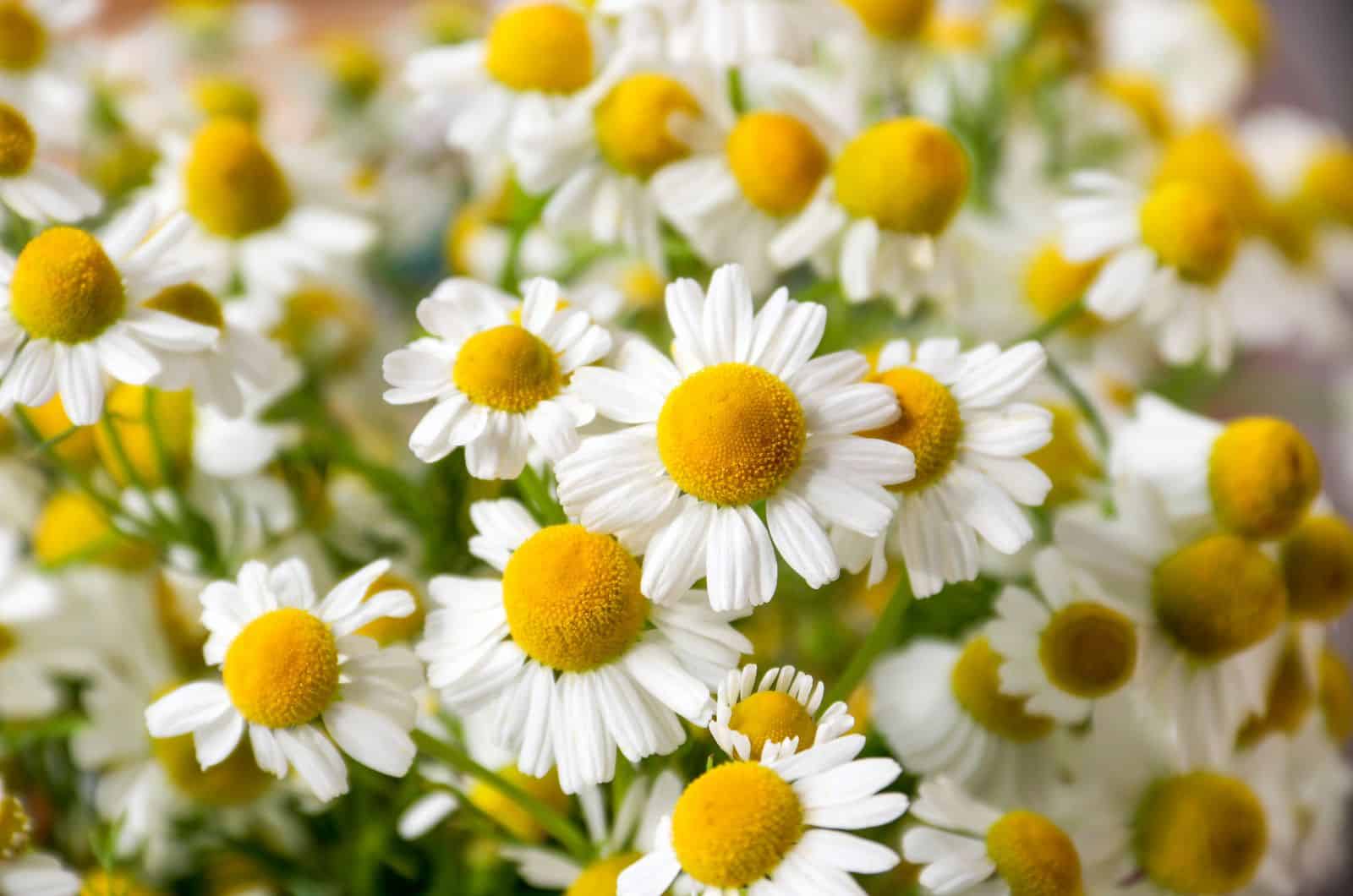
Post a Comment for "Yarrow: The Ultimate Companion Plant"